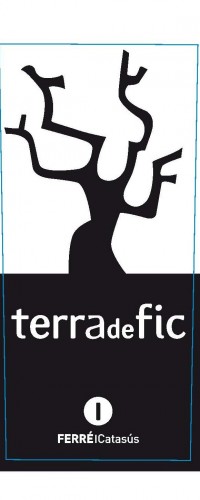Of Terroirs and Wine.
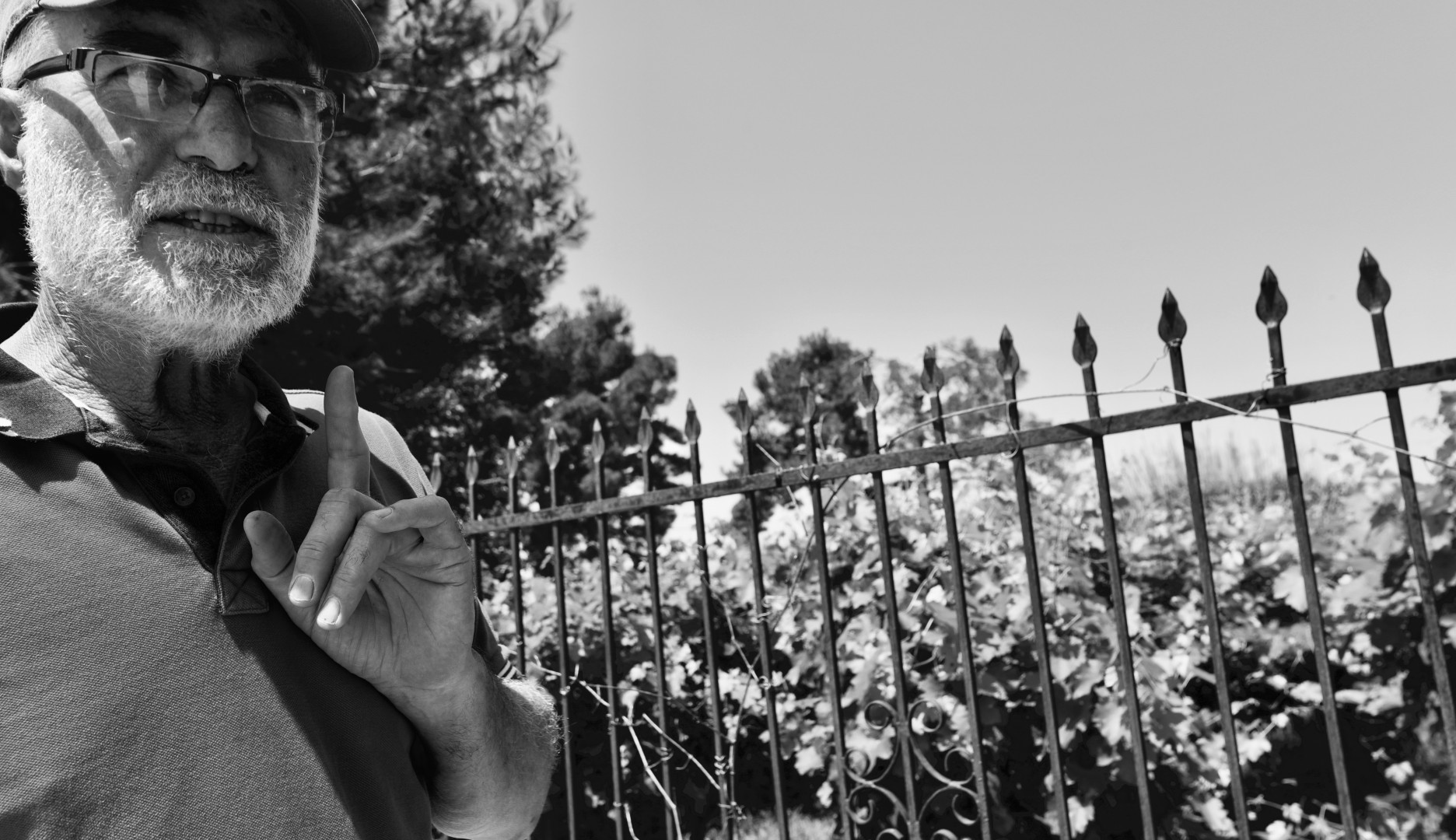
Recognize this that Greece has many well defined appellations. These PGIs and PDOs are not perfect by any measure and I think understanding Greek terroir is still in it’s infancy – not just for the consumers or the connoisseurs but also for the winemakers themselves. The notion of what grapes can be grown in which region or should be grown, is challenged quite a bit. Assyrtiko has taken root outside of the Cyclades and finding new expressions in different places. Malagouzia is another example and we had some killer Malagouzias all over Greece. Xinomavro will be pushed out of it’s comfort zones. But nowhere, in our visit at least, was this anarchy more evident than in the vineyards of George Kitos.
Beauty in unexpected places.

Véronique says that Grenache is king!
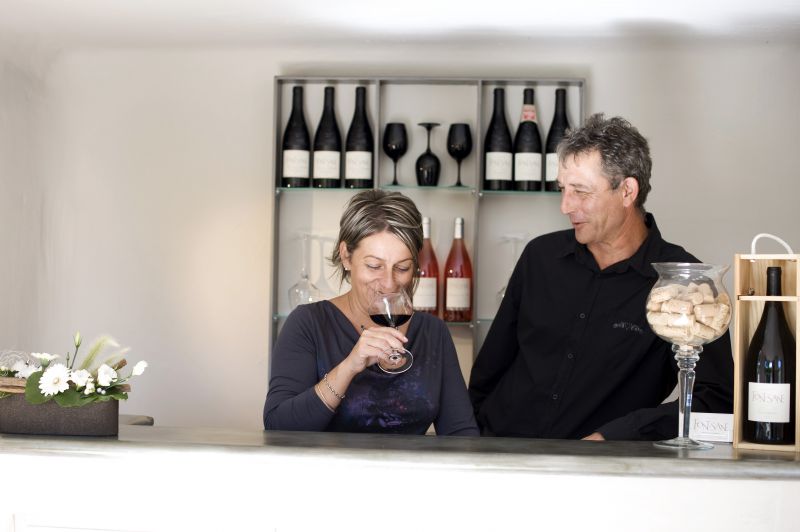
When talking to Véronique Cunty, one would be forgiven for thinking that she may be new to this wine thing. There is boundless energy and a disarming honesty that one sees more often in younger winemakers. There is also the fact that she looks ridiculously young and we ascribe that to living and working in one of the most beautiful villages of Southern France. As she expounds more about the wines and the land, it quickly dawns upon us that Véronique has been doing this for decades starting as young as 5 years of age under the eye of her father.This remarkable winemaker is a pioneer in Gigondas. In 2012, the New York Times rated her Gigondas as one of the best examples from the region. There is not one year where the critics don’t rave about her wines. Of course her wines are great. We will not waste time disputing that.
It is not about points from critics although she has bucketfuls of those. There is a lot written about her. It is about passion.It is about honest wine.
Domaine de Font-Sane and her wines were the first we thought of when we decided to get into the wine import gig. What we recognize is that when we taste a bottle of Gigondas from Domaine de Font-Sane, we are witnessing the skill and history behind one of France’s remarkable winemaker. We will also be terribly amiss if we fail to acknowledge the role played by Romain Cunty, her son in the development of this estate.
We decided to ask Véronique the following 5 questions:
1. At what age did you first make wine?
I first made wine when I was 24, just after finishing my studies of viticulture-oenology in Avignon.
2. What is the most important lesson you have learned as a winemaker?
When I was a kid, I helped my parents in the cellar and in the vineyard. They taught me a lot about wine. After studying, I had straightaway a lot of responsabilities and I gave rise to my first vintage in 1987.
3. What did you have for dinner last night and what wine did you drink with it?
I had red mullet filets with a Rosé wine from Domaines Ott in Bandol.
4. Which was your most memorable vintage? And why?
2007 was one of the best vintages in the Rhône Valley, therefore it was unforgettable. But the vintage 1987 was indelible because it was my first one and we had a very hard year with weather. However, 1987 was a good vintage in the end, with great awards from wine reporters.
5. Tell us the truth. Which one do you like more – Grenache or Syrah?
I like Grenache more because it gives full-bodied and well-rounded wines with fruit and spices. It is definitely the king of the Southern Rhône Valley.
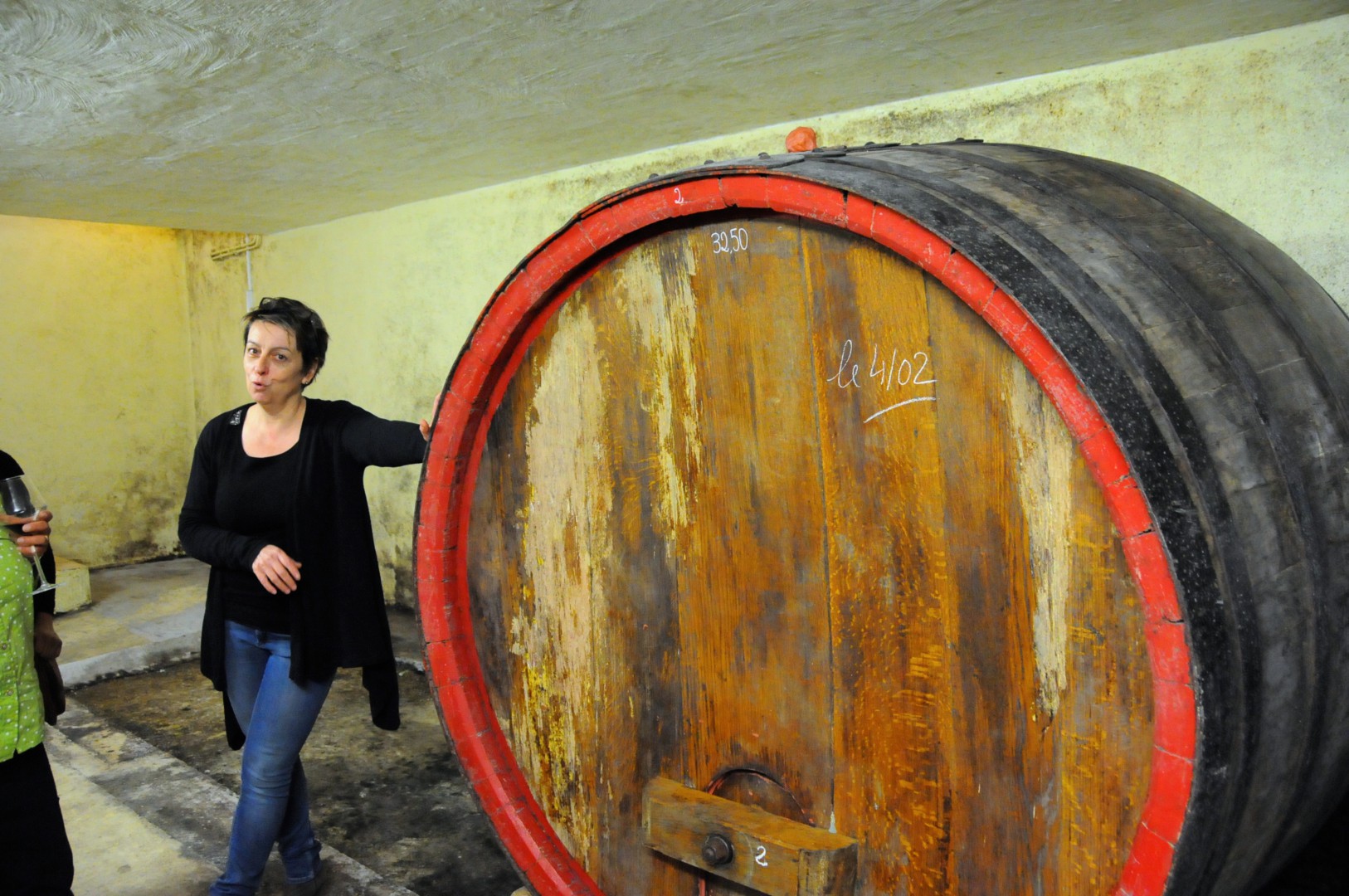
To learn more about Domaine de Font-Sane, Véronique and why she thinks Grenache is the bomb, click below.
Gigondas as defined by Domaine de Font-Sane
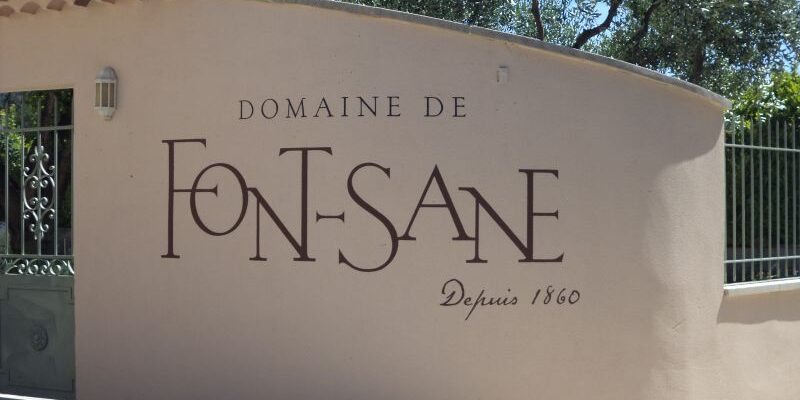
Wines from a place of joy!
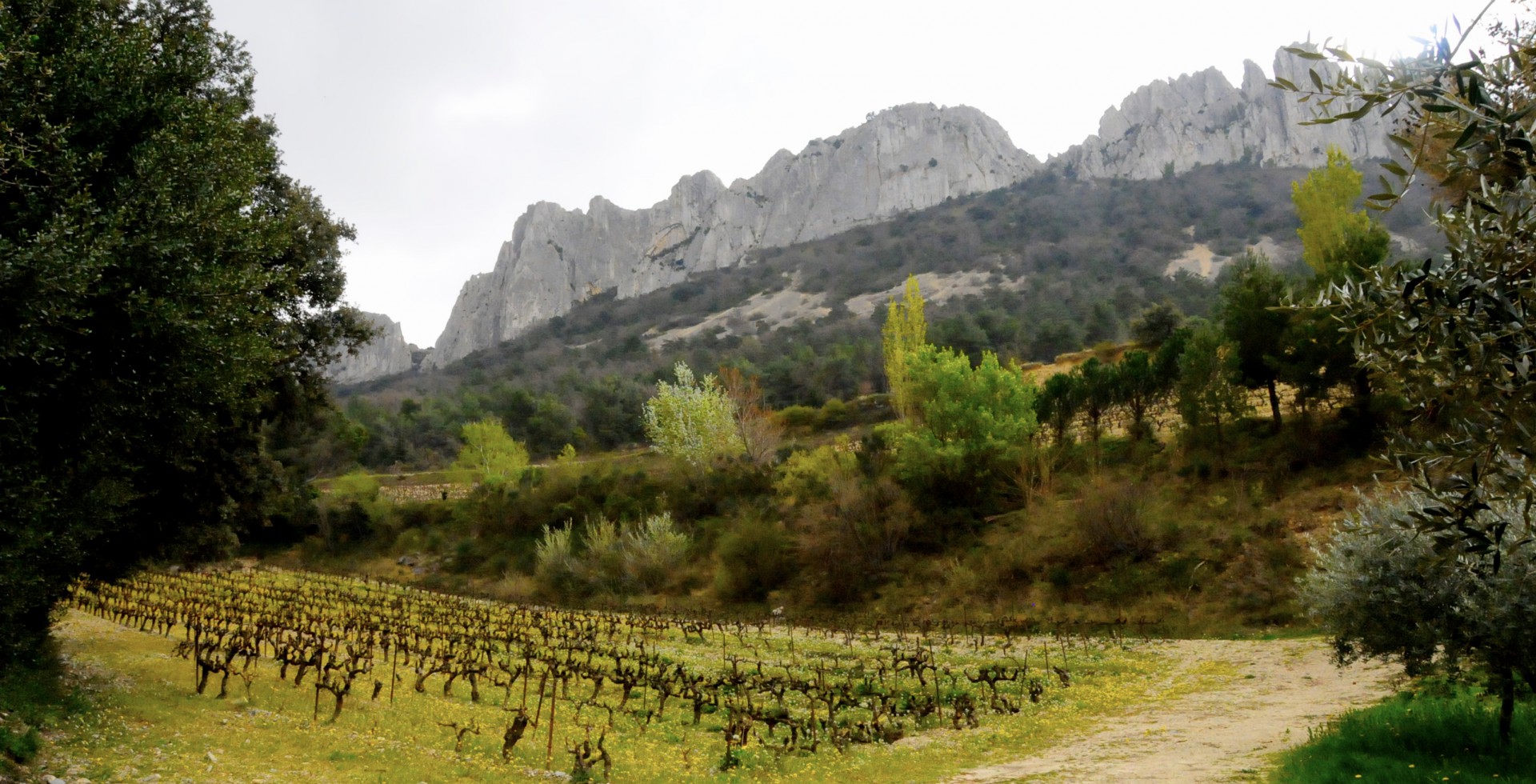
So, you like Chateauneuf du Pape? GSM (Grenache-Syrah-Mourvedre) wines? Then you got to know about Gigondas. Gigondas is a beautiful village north east of Chateauneuf. Sheltered by the jagged Dentelles de Montmirail, this is one of the treasured spots for Grenache. Gigondas derives its name from Jocundas which is Latin for Joy!
I am using my imagination here but I would like to think this is how it happened. One day in circa long time ago, the Romans wandered into the foothills of the Dentelles des Montmirailes. Gazed from a distance, the jagged crown of the mountains reminded them of lace. True, the edges of these mountains were worn down with time. Hence the name “Dentelles”.
Like any traveler today, what struck the ancient Romans was the joy that this place instilled in one’s heart. Jocundas the Roman called it . Joy. Jocundas. Gigondas. The place fills you with unabashed joy. Sheltered under the Dentelles, the vines grow with the same sense of joyfulness that permeates this place. I have always associated the wines of Gigondas as happy wines. They are celebratory. There are no white wines in Gigondas. They are all red and a wee bit of rosés. The reds are mostly a blend of Grenache and Syrah with a fair amount of Mourvedre thrown in. Grapes have been grown here since the Roman times. The wines here literally reflect the land. The term garrigue is referred to the wines here a lot. Garrigue is the brush that grows in these semi-arid parts.
It is as if the landscape decided to be part of the wine. Garrigue, thyme, lavender, smoke, minerals, forest floor, earthy- these are common descriptors of wines here
The soil around these mountains are all limestone. Also, the vineyards are sheltered from the morning sun and the grapes ripen slow at a leisurely Provencal pace. All this gives the wines of Grenache finesse, power and an incredible ability to age.
That brings up the wines of Véronique Cunty and Domaine de Font-Sane.
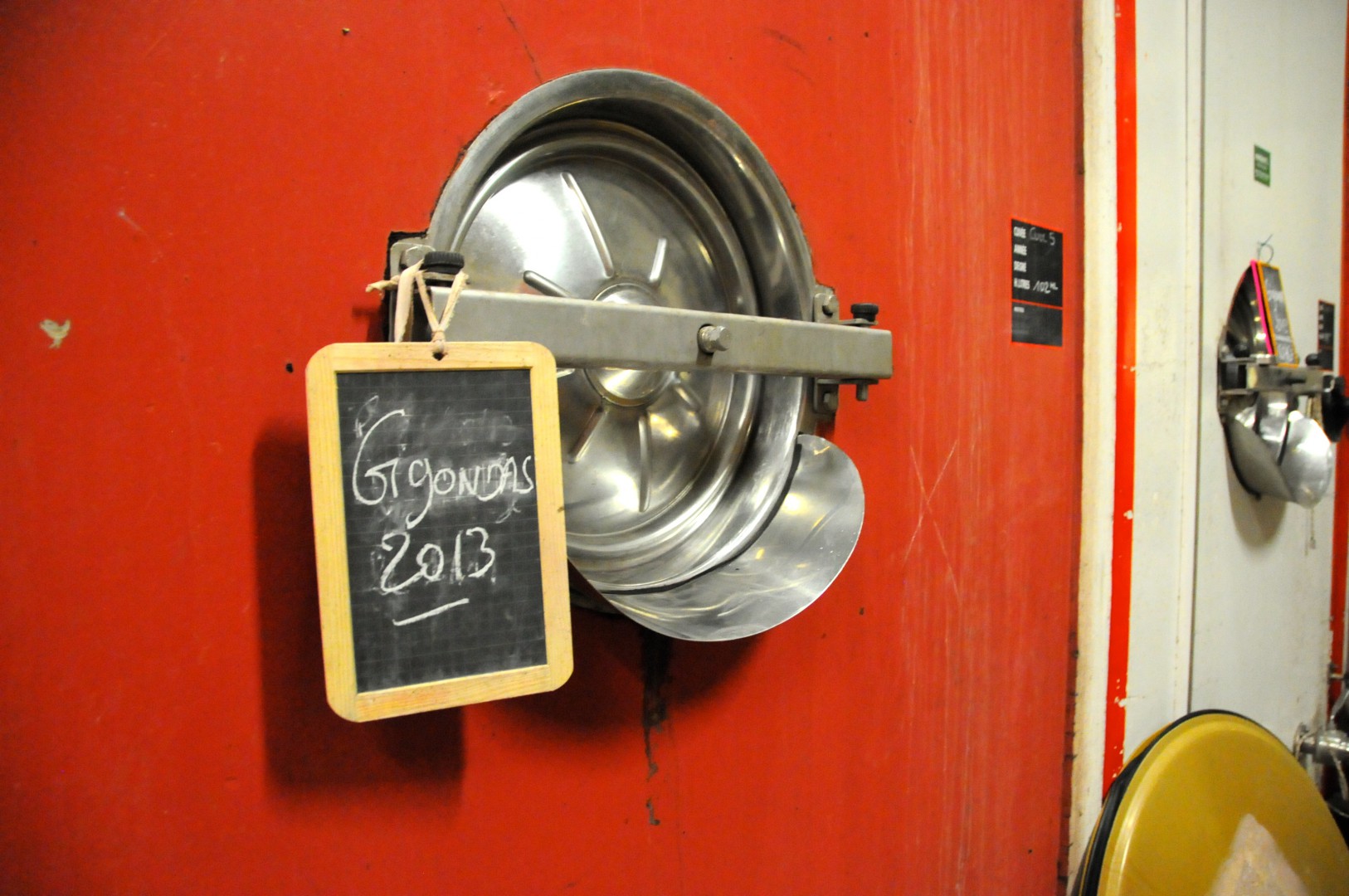
Yannis Papargyriou says Lois Lane ain’t all that as she is cracked out to be!
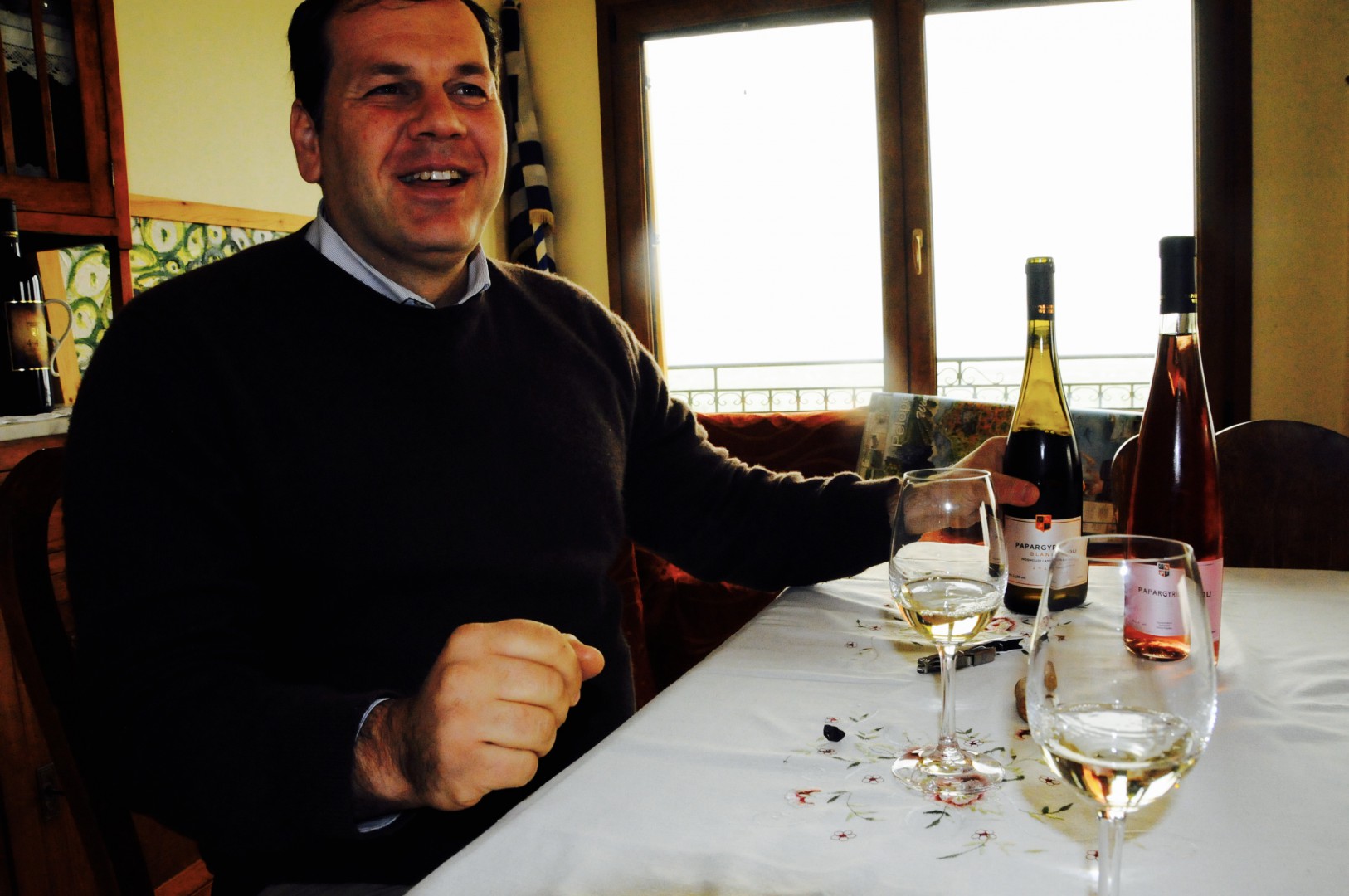
The world would have been a better place if Yannis Papargyriou could have been Superman instead of Clark Kent. Pity, he doesn’t like Lois Lane (and it is Amy Adams too..)
Let’s get some things out of the way first. Yannis has all the makings of a cult winemaker. His wines sell out before they are even bottled! His production is really small. In fact his wine cellar is his basement! So, feel free to use the cliché “garagiste” here liberally.
His style is unique and he is not afraid to push the envelope. The whites are bottled in long tapering Riesling style bottles as a nod to his training in Geissenheim and the white wines are razor sharp and crystal clear like something from along the shore of the Rhine, but it is Assyrtiko, Moshoudi (a fragrant clone of Muscat) or Sauvignon Blanc. He grows grapes such as Touriga Nacional (a Portuguese grape) and Mavrodaphne, although he makes his Mavrodaphne in a dry version and manages to make a red wine that is simply amazing. He makes a firm argument that a dry Mavrodaphne can hold it’s place as one of the great red wine grapes of Greece (alongside Xinomavro and Agiorgitiko). Hope the powers that be in Patras is paying attention. The man is an iconoclast. Pity he doesn’t like Lois Lane!
This is the 3rd vintage of Yannis’ wines that we have brought across. Word of warning – his wines sell out fast. There is a whole bunch of people who keep asking me about the ETA on these wines. Grab them now. I can assure you they won’t last long. And get yourself a few bottles of the Roi de Montagne Cuvée. Drink a couple now. Open the rest in another 8-10 years if you can wait that long. You can thank me later.
The vineyards of Papargyriou are one of the oldest in the region. His father Aristides Papargyriou started the vineyards in 1978. Yannis’s wife Eleni is also an accomplished viticulturist from the University of Athens. His sons Dimitris and Alexandros also make wine. They are 10 and 13 years old! This estate has a great past and a bright future. And trust me on the Roi des Montagnes!
We decided to ask Yannis Papargyriou of Papargyriou Winery the following 5 questions:
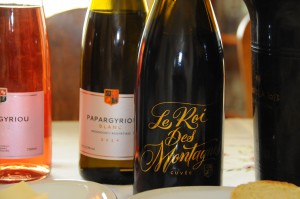
1. If you were not a winemaker, who would you have been?
Assyrtiko from Hatzidakis, Nemea Aivalis, Xinomavro Dalamaras. From the international wine scene, Riesling and Barolo.
3. Who/What inspires you?
The challenge to make better wine than last year, in other words to surpass my best effort so far.
4. What did you have for dinner last night? What wine did you drink with it?
Rabbit “stifado” (cooked with small onions in tomato sauce), paired with Le Roi des Montagnes Syrah 2014.
5. If you could be one of these two superheroes, would you be Superman or Batman?
Batman of course, I can’t stand Lois.
If you have any questions about Yannis’ wines or have any other questions such as what exactly he has against Lois Lane, shoot us an email.
Wines from south of the mind’s border
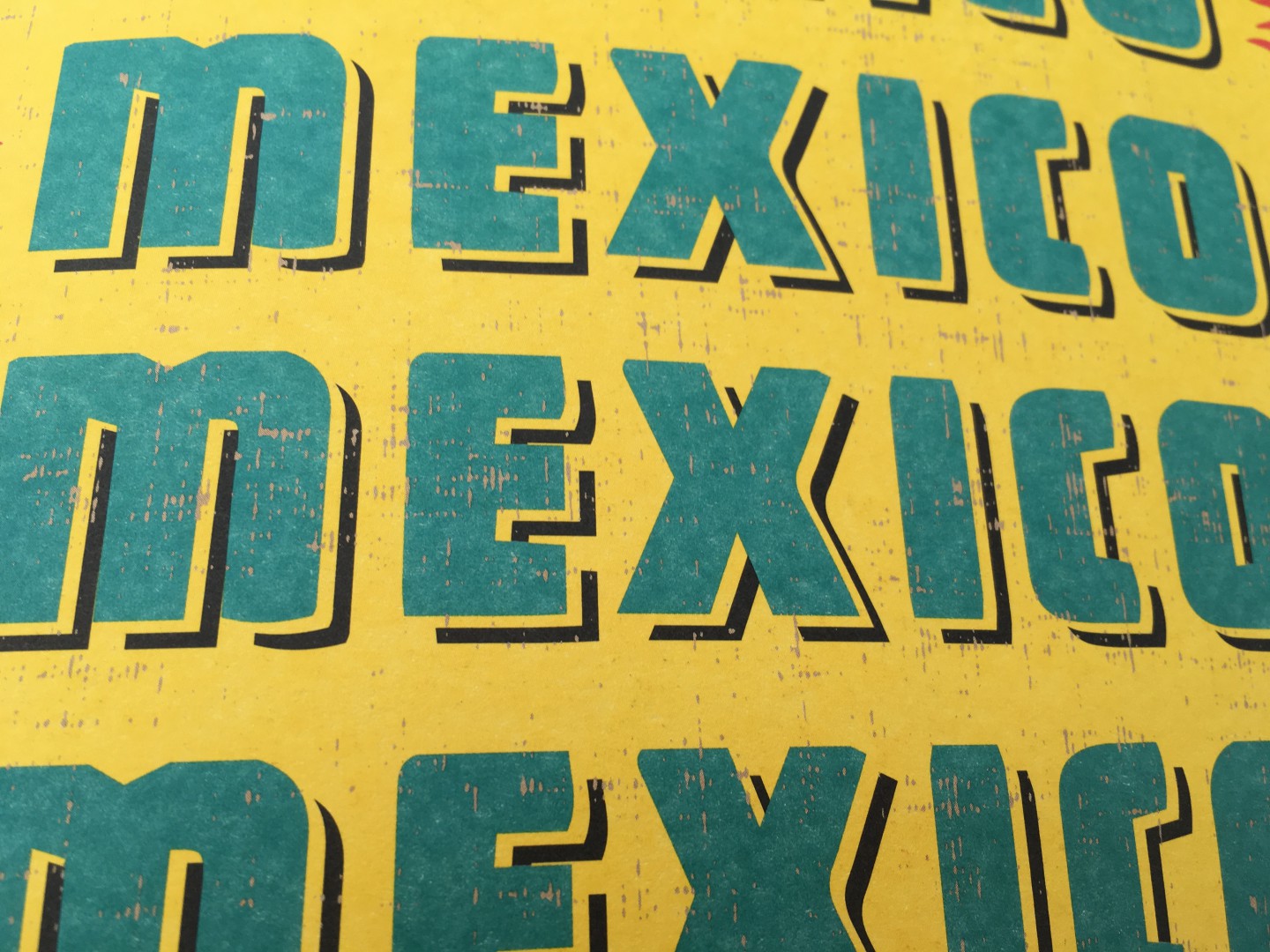
The dirt roads will get ya. It had rained the week before and we could still see the deep gashes where the rivulets had cut into the ochre red soil. And there are pot holes, many of them with water from the two days of rain last week. Then the steep climbs that seldom show any on coming traffic. There ends any real criticisms I can direct at the Valle de Guadalupe. If you are here to comment on the traffic, then you got some material to work with. But, if you are here for the wine or the food, then this place is a hidden gem. Maybe not so hidden, because you see enough cars with the California plates that make you wonder if you are really south of that highly politicized and spinned-to-ad-nauseum border. Yes, we are in Mexico.
At the time of writing this, there are over a 100 wineries in Baja. Roughly, the bulk of the wineries are in the Valle de Guadalupe. There are some excellent hidden ones in Valle de Grulla, SantaTomas, San Vicente and Tecate. The ground water that supplies the vines in Guadalupe is salinic. Some see it as a flaw. Some see it as something adds to the character to the wine. It is subjective. Water is not a problem south of here. Grape quality is excellent and it is not unheard of wineries in the Valle using fruit from other parts to add to their harvest.
A few things about the Valle. Summers can be scorching enough to burn the tops of the canopy and fruit in Fall has been known to shrivel before harvest due to heat waves. The other problem is water. This part of Mexico as it is California is under a drought. Water is precious here and well water is used to supply drip irrigation to the vines. With ambitious projects in the works- hotels, resorts, more wineries, this resource is bound to be squeezed. Will be interesting to see how it evolves.
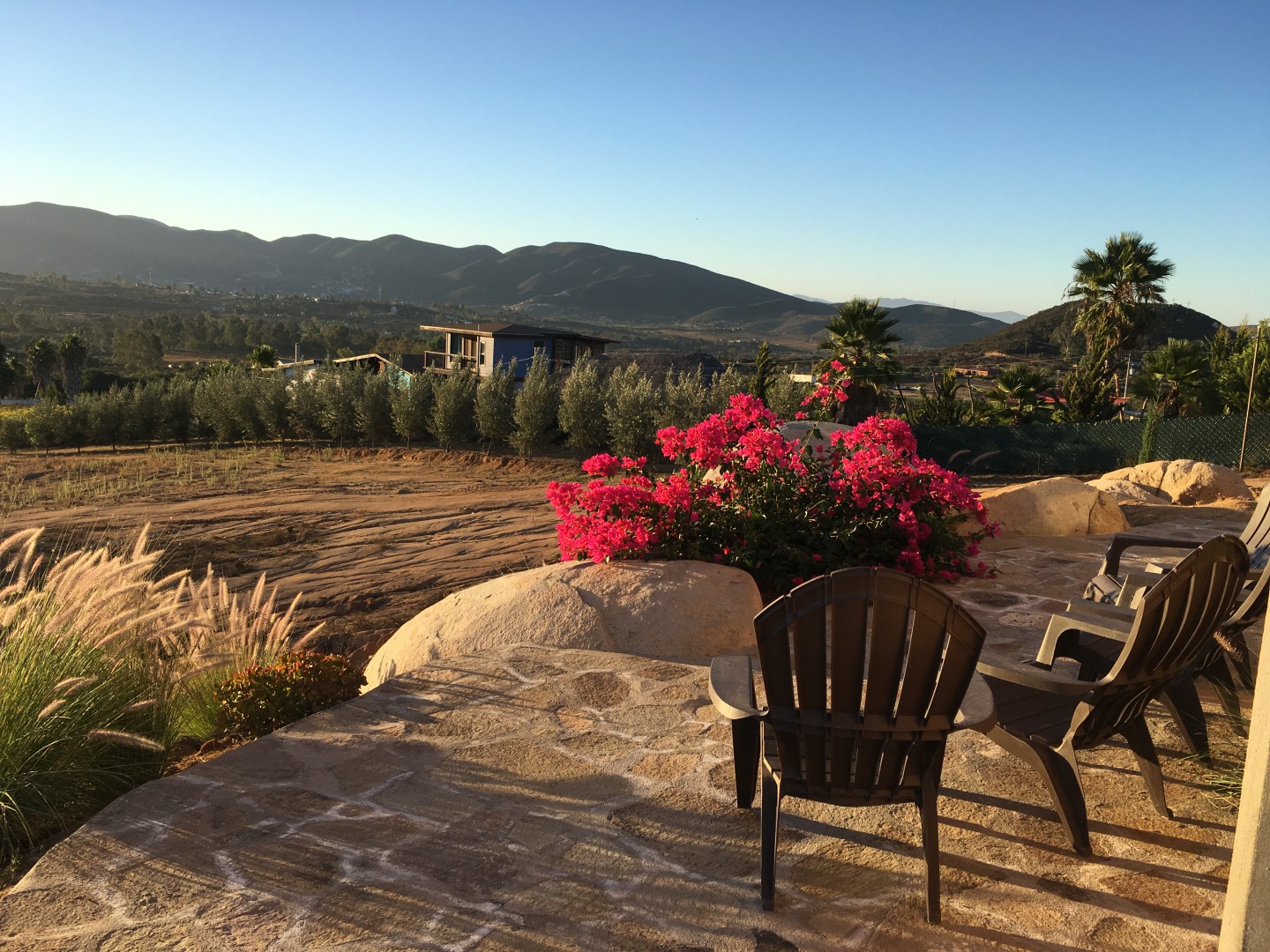
In no particular order, some wineries we visited and wines we tasted.
Corona del Valle. This place is not yet on the Ruta del Vino map. So, follow the directions off the Hwy 3 as you see them. Don’t mind if you get lost. From the front, it looks like very much a working winery. The tasting room is in the back and is essentially a bar next to an outdoor restaurant under green and yellow sails. On one side you see the rows of vineyards and on the other side is an olive orchard. Beyond that is what looks from here either a lime or lemon grove. I think it is a lime grove. Our host was Saul who was incredibly versed not just in the wines themselves but had a great working knowledge about viticulture, the varietals themselves as well as history of this place
Corona del Valle produces several wines including a Merlot, Cabernet Sauvignon, Sauvignon Blanc, Tempranillo and a Chardonnay. Our favorite from here however was the 2014 Tempranillo-Nebbiolo. A quinitessential Valle wine with an early ripening grape with a late ripening variety. Very well structured and the perfume of the Nebbiolo carrying itself well.
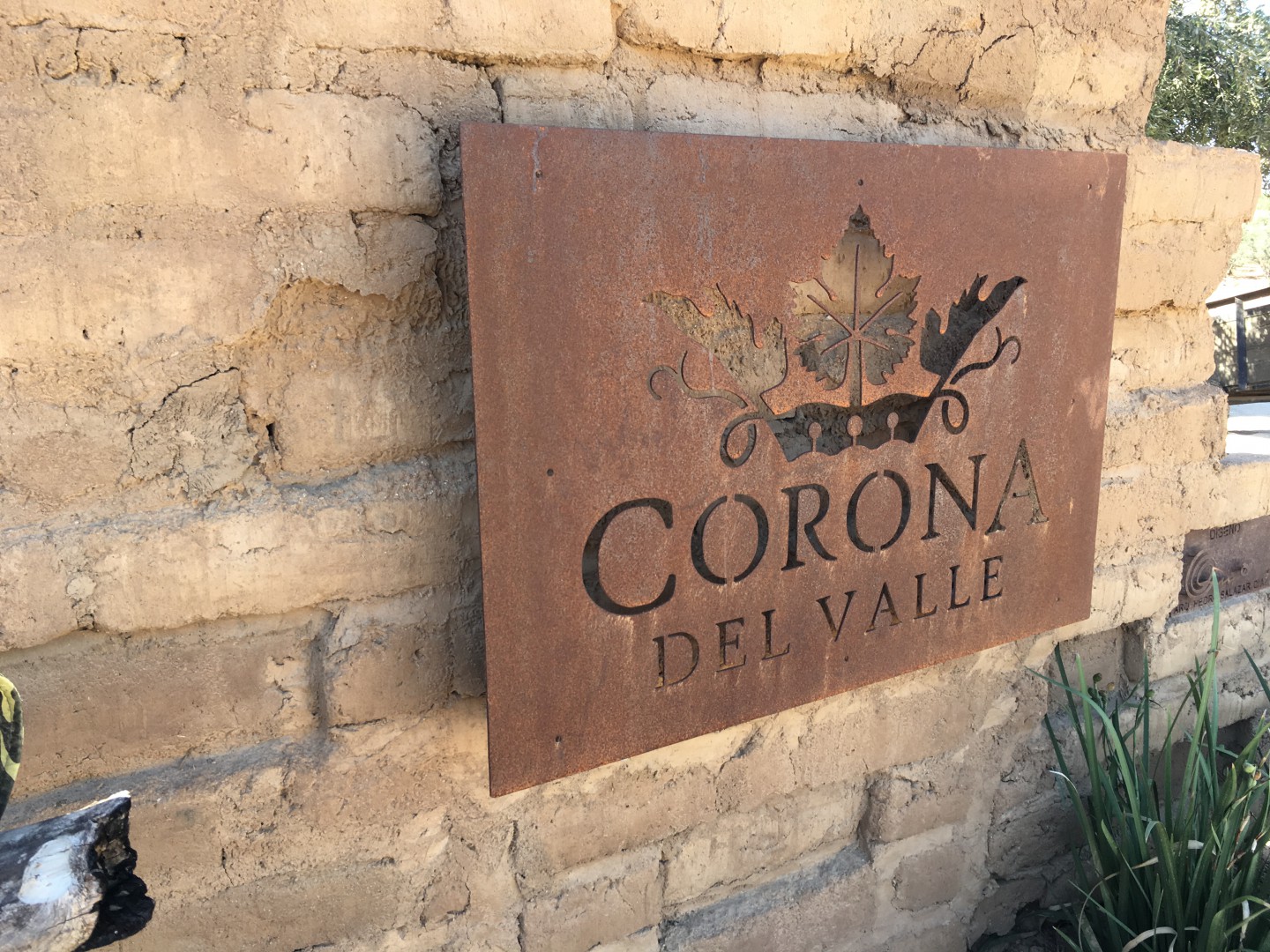
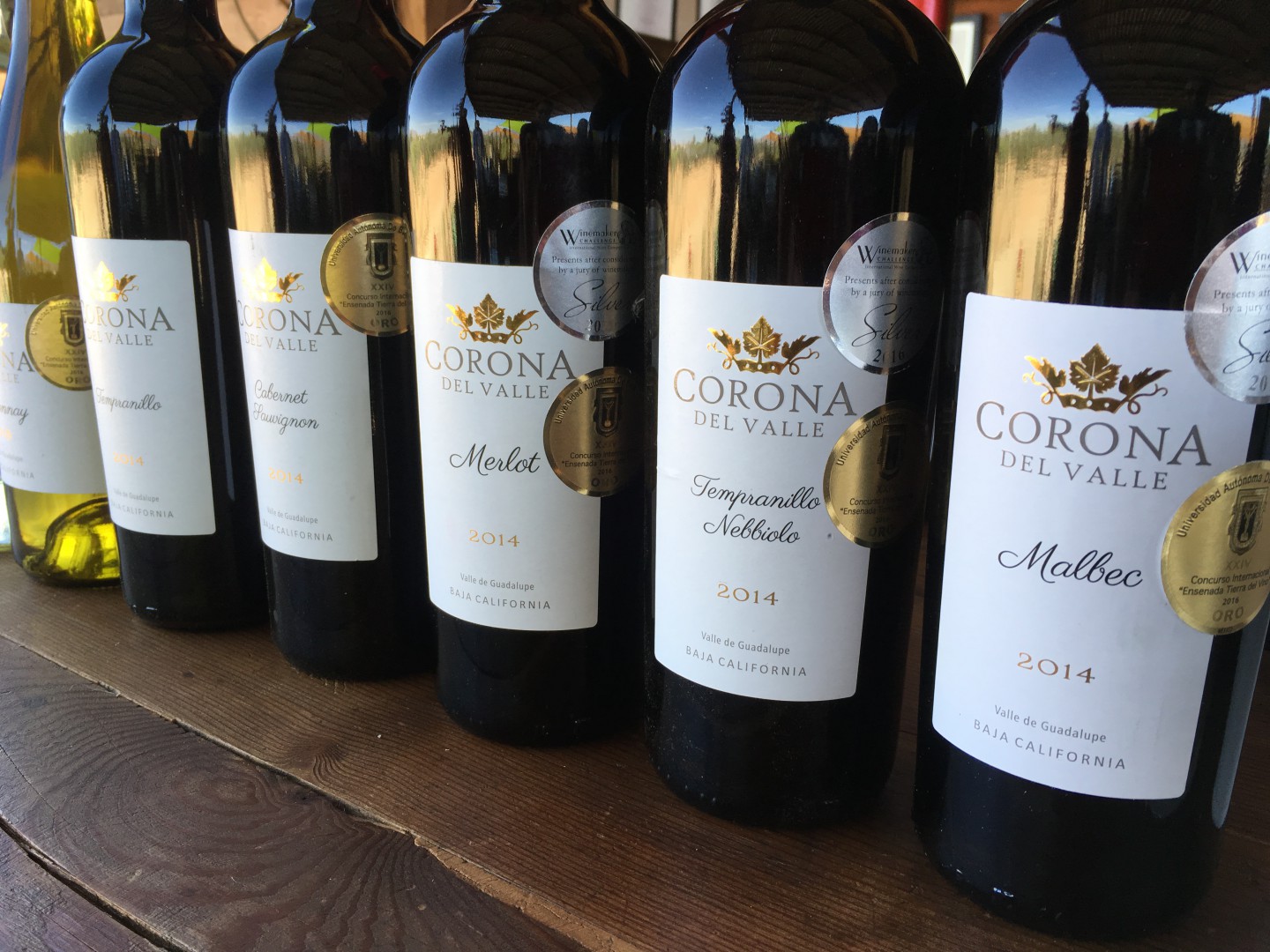
Vena Cava is an interesting property with a restaurant (Corazon de la Tierra), a food truck (Troika) and a winery – Vena Cava. At first blush, a pile of overturned boats, this winery vigorously uses reclaimed material. Watering hoses weaved into a sun shade. Wood from boat cabins hammered into walls. The tasting room is unlike any I have seen. The roof is the inside of a large fishing boat and the ambience is intimate and inviting. The wines are all well made and they even play around with an orange wine made from Chardonnay. Standout was the Cabernet Franc Rosé and the Reserva which is a blend of Cabernet Sauvignon and Syrah.
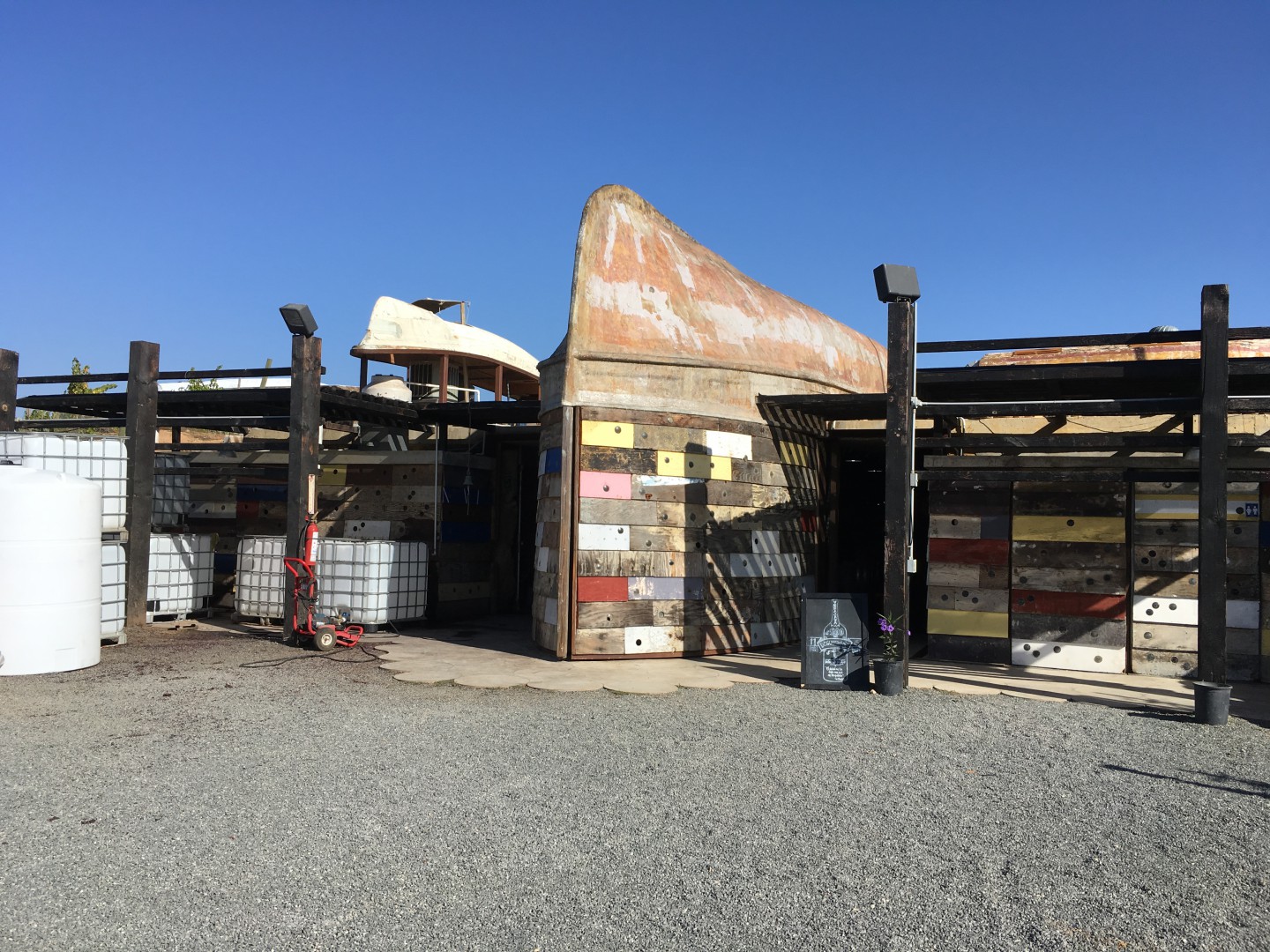
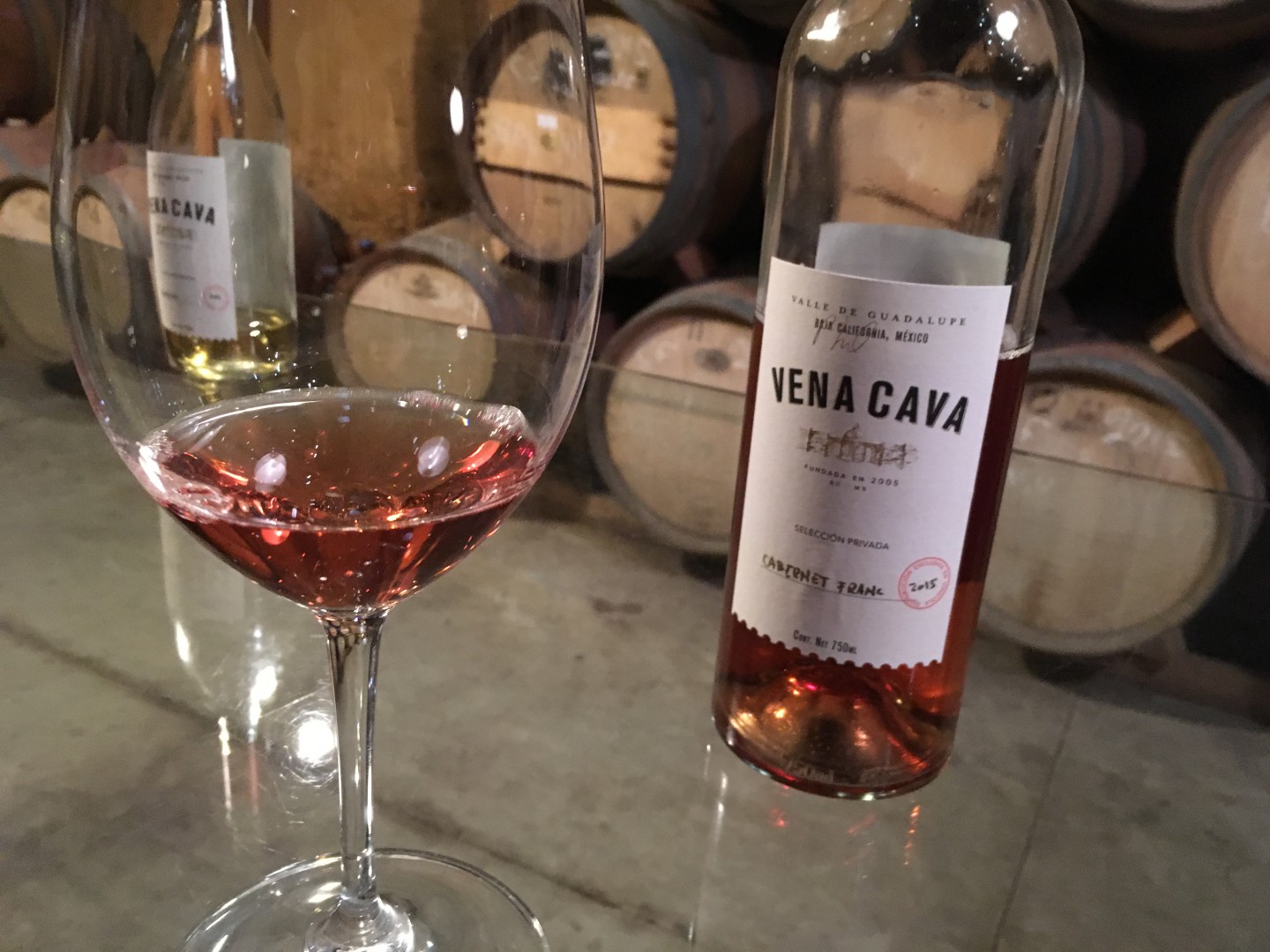
F Rubio is rather tucked away and can be easily overlooked. It is another family owned winery. There is a nice little bistro that serves amazingly good empanadas. The wines here are also quite tasty across the board. The 2013 Montepulciano and the slightly higher priced 2013 Herencia (Cab Sauv/Merlot/Malbec) are the ones that leave a good impression.
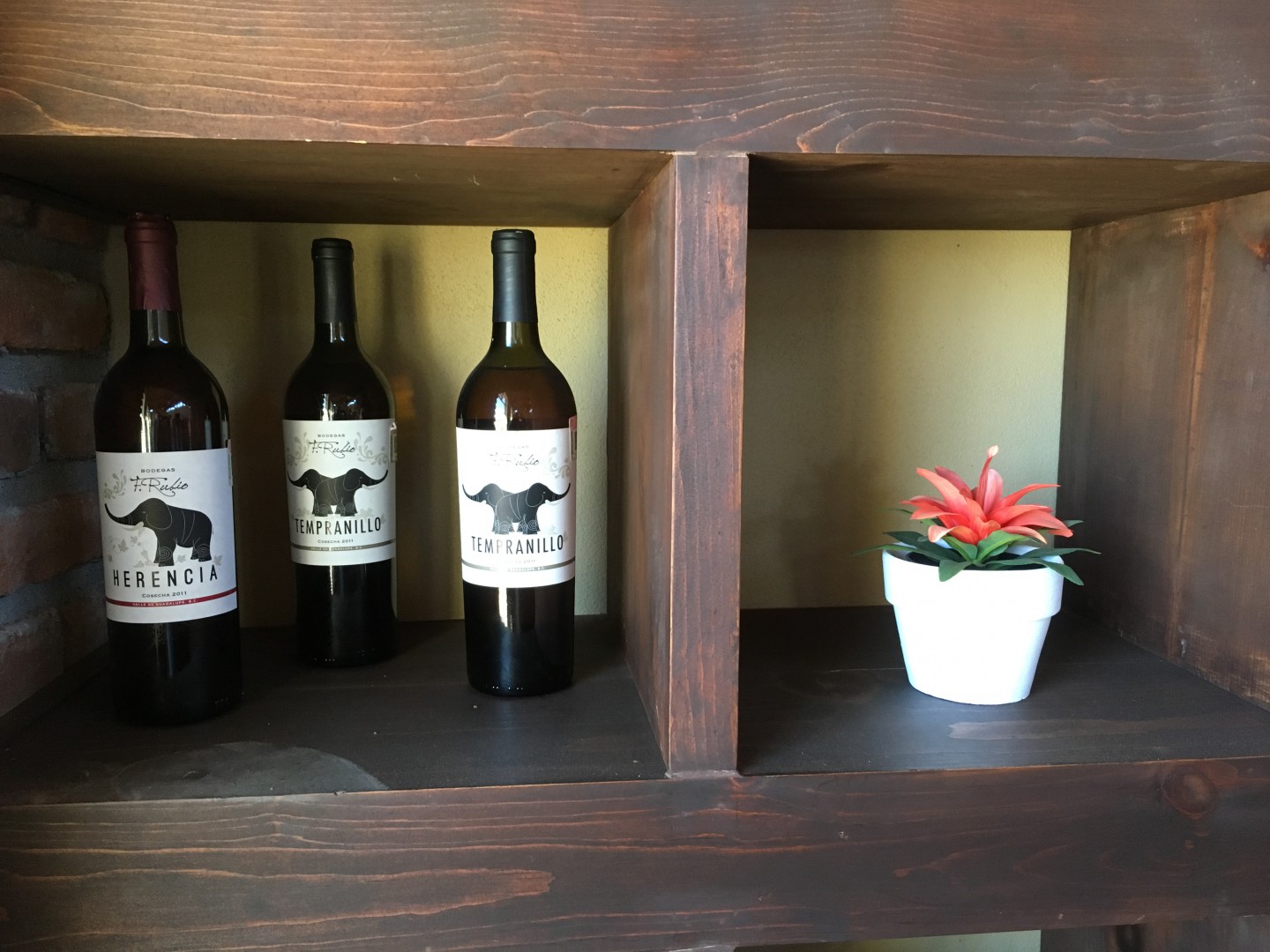
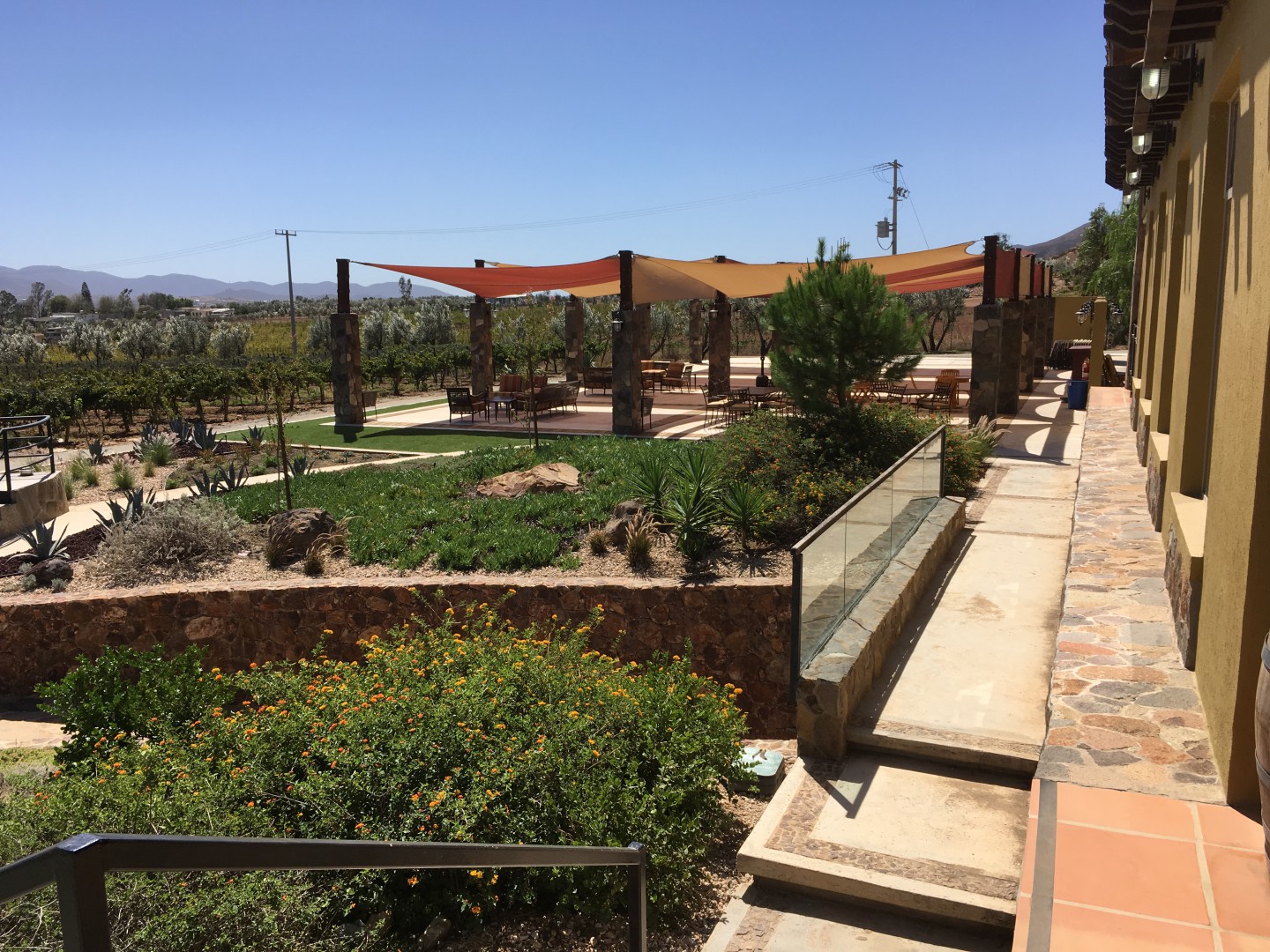
Torres Allegre y Familia is an ambitious project in the Valley. Here the focus is on small batch premium wines. The mantra here is minimal intervention and the patriarch of the family, Victor Torres was the first enologist from the region with a PhD from Bordeaux. With careful attention in the vineyards and extensive use of new French oak (not always necessarily to my taste), this winery produces 12 bottlings. Leonardo was our gracious host and of the 8 bottles he opened, our favorite was easily the 2013 Llave Blanca (Chenin Blanc and Sauvignon Blanc), 2006 Cru Garage Tempranillo and the 2013 Cru Garage Tempranillo.
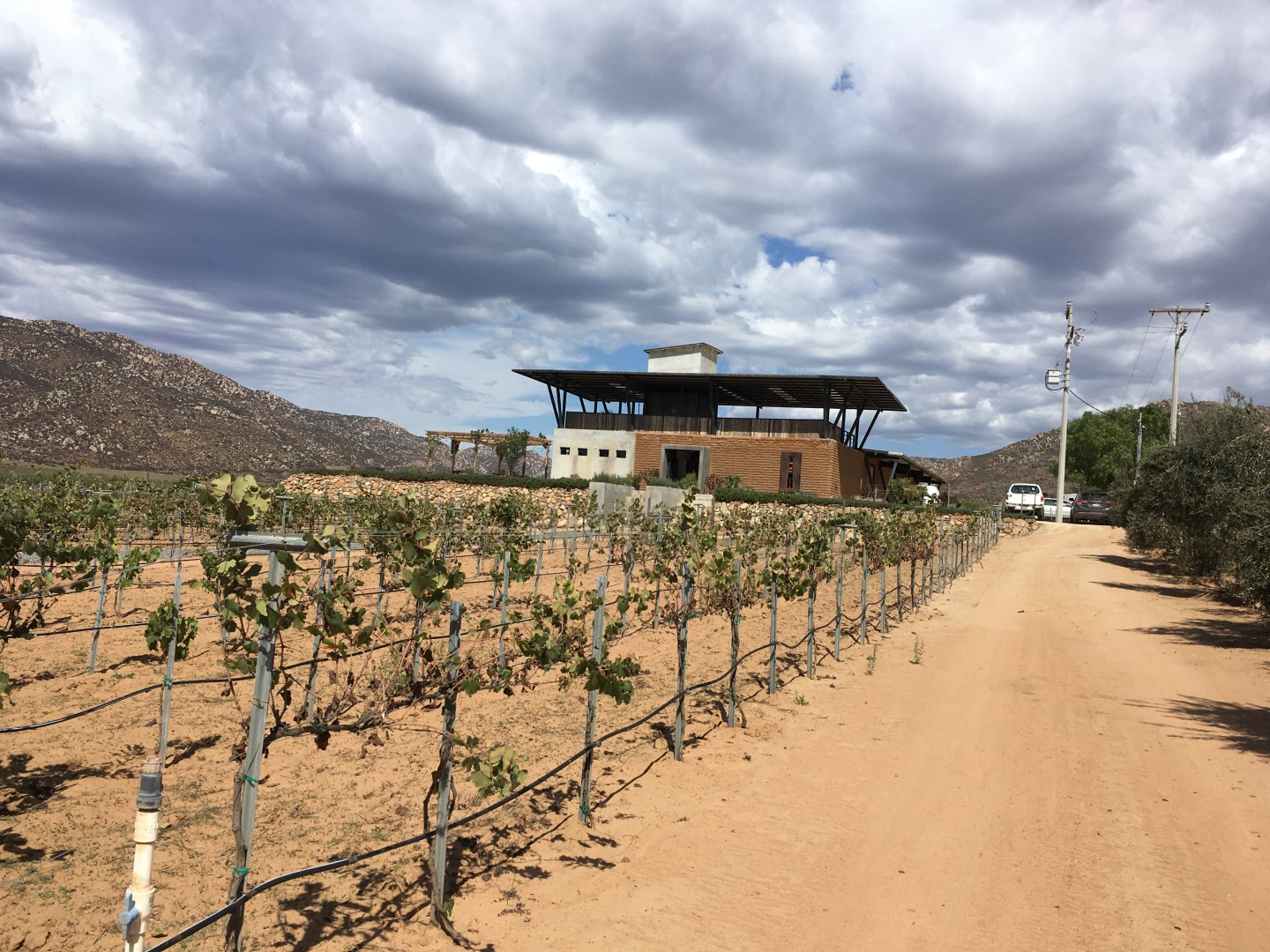
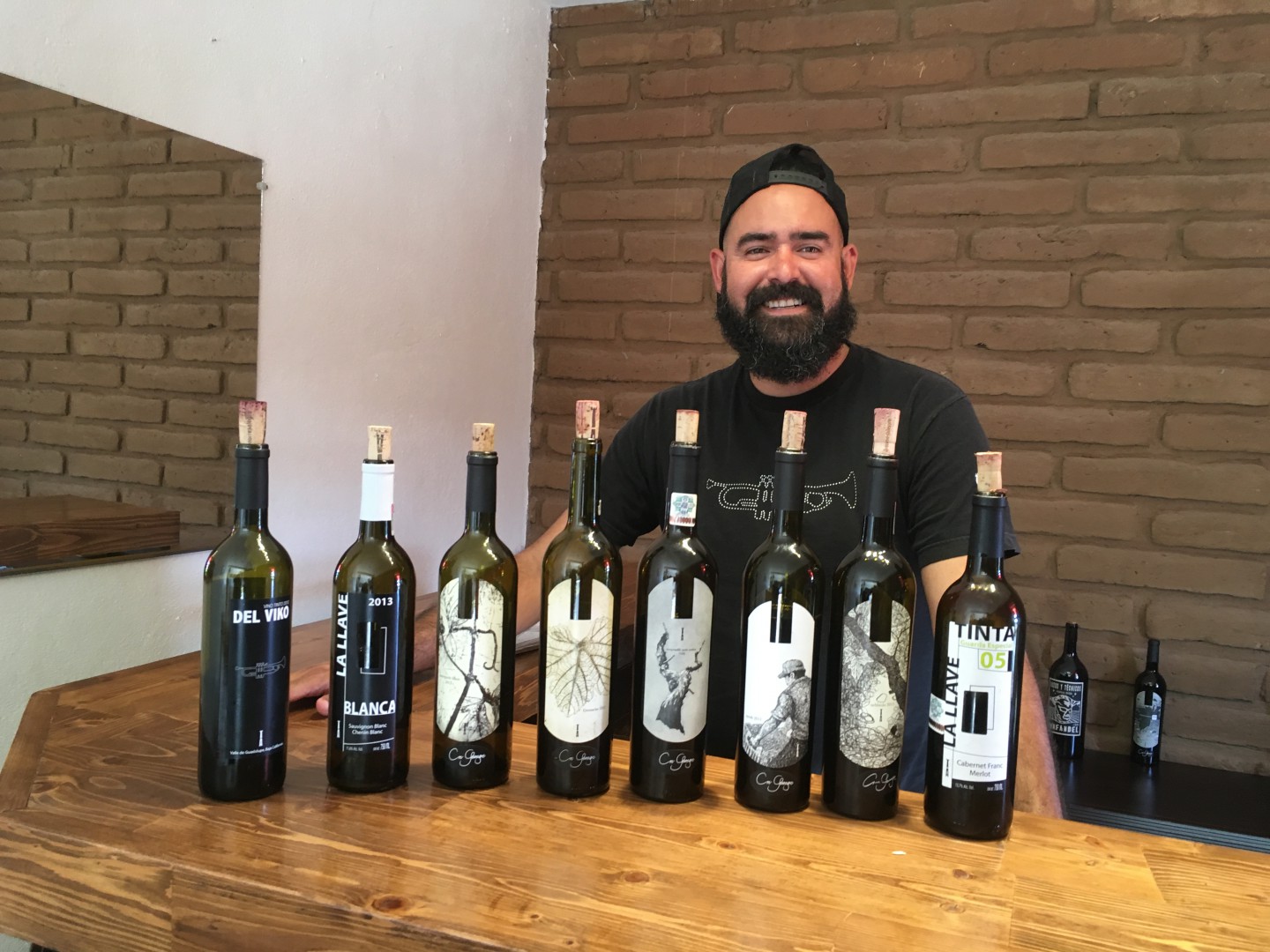
More wineries and wines to follow…
PRIORAT
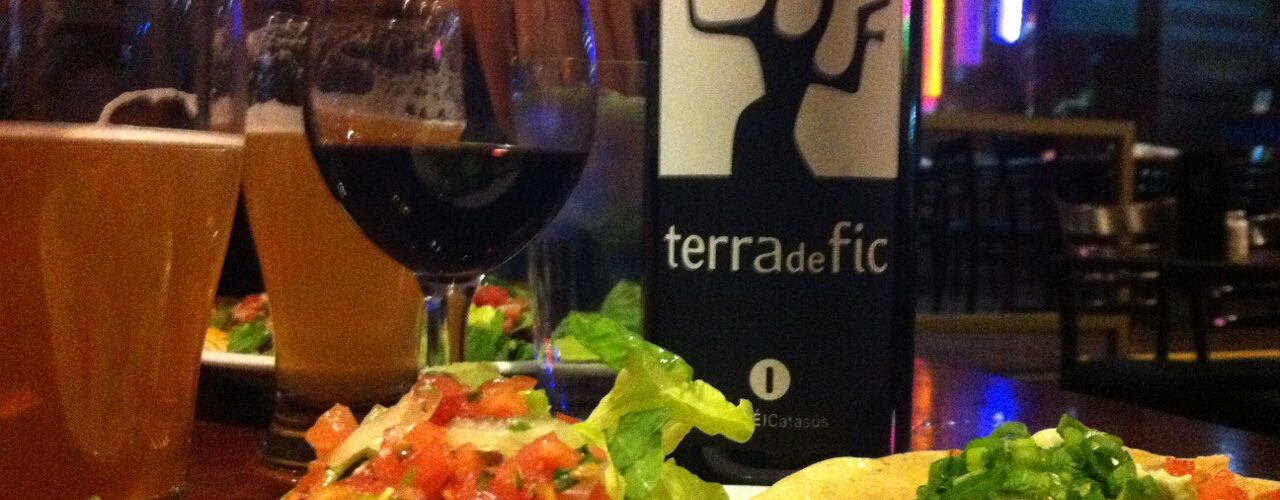
We could spend a whole year just talking about Spanish wines! There are so many diverse regions, several indigenous grapes, grapes that change their names depending on the region and not to mention varied styles of making wines. Today, I am keeping things simple and just talking about one area – Priorat.
Quality designations in Spain: Depending on quality assignments, wines are classified as
DOCa/DOQ (Denominación de Origen Calificada),
DO (Denominación de Origen)
Vino de la Tierra etc..
DOCa/DOQ is the highest level on the classification. Only 2 regions in Spain qualify for DOCa. One you all know very well. Rioja.
The other is Priorat.
History:
Sometime in the 12th century, the monks of Scala Dei used to hang around this area which is now in modern day Catalonia. They were probably the first to grow grapes here. The prior of Scala Dei ran things in this neighborhood. Hence the name, Priorat.
So, what’s the big deal about Priorat: It’s the soil. Llicorella is a kind of slate that is unique to this region of Catalonia. It doesn’t rain much here and the soil is kind of difficult to work on. It gives the wines that incredibly concentrated and mineral quality. Also, the vines in Priorat have really low yields. Land is quite limited here, and production is therefore quite limited.
What kind of grapes goes in Priorat?: Although Cariñena is the prominent grape, the wine can be a blend of Garnacha, Cabernet Sauvignon and Merlot. Yes, Priorat is a red wine.
What kind of wine is it?: It is a red wine. It is incredibly delicious and complex. The taste of individual bottlings may vary depending on the blends used, but they are all very concentrated, rich wines with a good streak of minerality. These wines have fair amount of tannins and can age gracefully. I recommend opening and decanting at least an hour before serving.
Food pairing?: Like bigger wines such as Bordeaux, Chateauneuf du Pape, Priorat shows well with smoky meat and strong cheese. However, we paired it recently with some chicken tacos and it was incredible!
I want some: Good thinking! We do have a few cases available for sale. Terra de Fic is from Ferre i Catasus and is now retailing for $38.99. Of course, if you a club member, you pay $31.20! for a Priorat!
10 Things about Beaujolais you wanted to know but were afraid to ask!
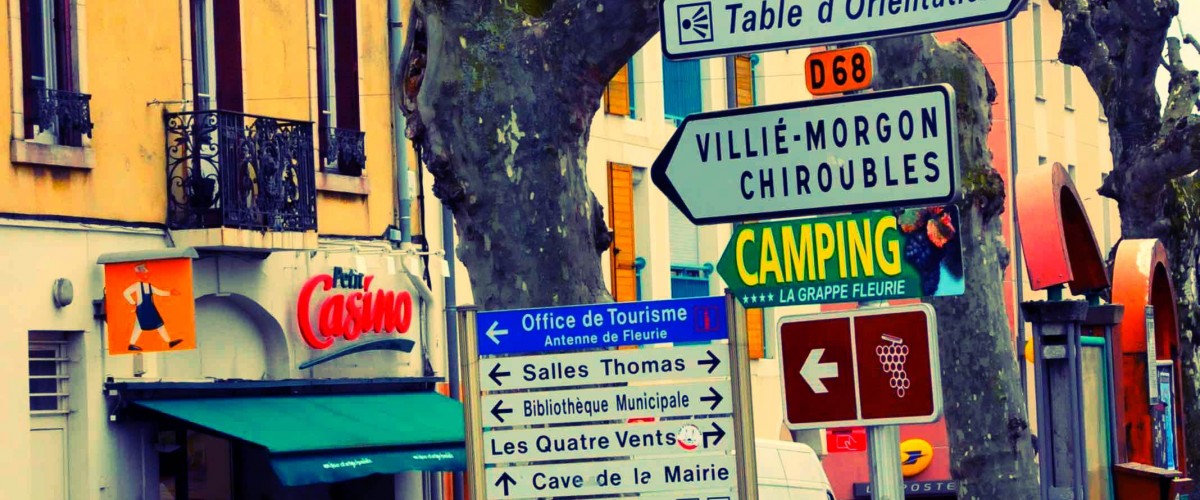
Why is this dog smiling? Juliénas..thats why!
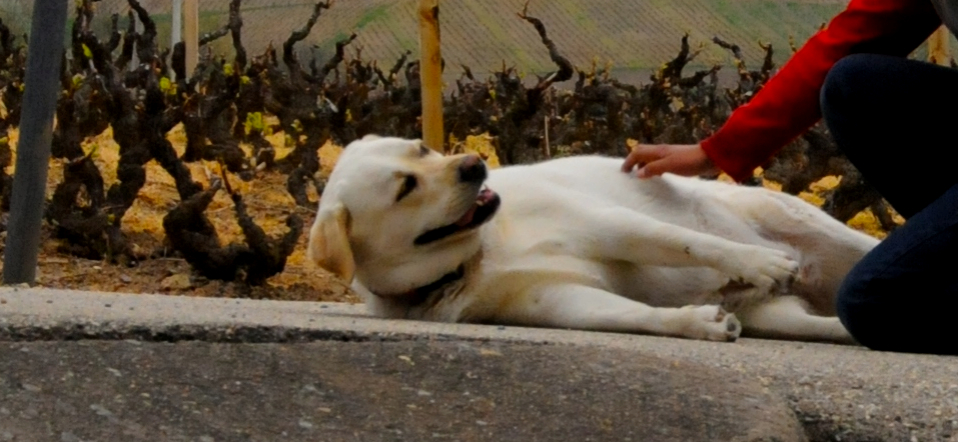
When you arrive at home of Lilian and Sandrine, the odds are good you will be greeted by Fig. Fig is a yellow lab and he is still a puppy. For a puppy, he does a lot around the place. On our first visit, he kept our children occupied with his boundless energy and his constant demand for belly rubs. Fig loves belly rubs. Besides occupying underage visitors, he also keeps a keen eye on the vineyard when harvest is in session. Fig is the dog of the Matray family. Fig lives in Juliénas.
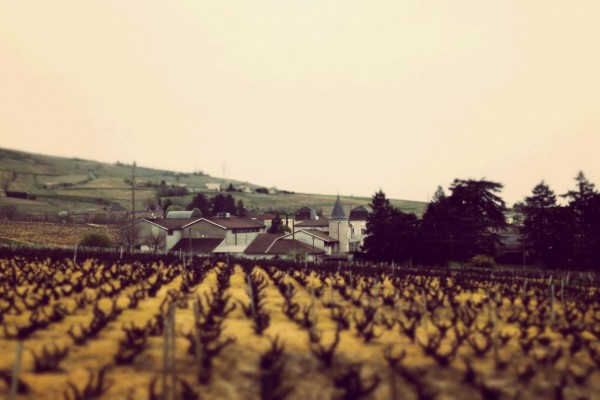
Where is Juliénas you ask? It is in Beaujolais. It is way north. In fact except for Saint Amour, it is the northernmost of the Cru areas (Cru refers to superior growing areas )
The Romans were in these parts quite a bit. The quaint town of Juliénas most likely gained it’s name from Julius Cesar (the one William Shakespeare wrote about, Et tu Brutus etc..). At least that is one version. Again depending on who you ask, Juliénas was probably one of the first vineyards planted by the Romans when they first conquered Gaul. So, wine in these parts goes way back. The wine from here is also called “Juliénas”. Not confusing at all! The soil here is mostly clay with some granite on the western edge. Like many parts of Beaujolais, Juliénas is further divided into smaller communities.
Some areas are better than others and make wines that are powerful and longliving. Some of these communities are : La Bottiére, Les Chers, Les Paquelets and Les Capitans. So, if you see a Juliénas that mentions any of the above the communes, you know it has some serious provenance. Our’s is from Les Paquelets.
Now, about the wine itself.
This is like all Beaujolais Cru, 100% Gamay Noir. These are powerful wines and benefit from long cellaring. Typically they are earthy wines, deep red in color and has aromas of strawberries, cinnamon, peonies and violets. Juliénas has an edge of spice to it.
 Our Juliénas comes from Les Paquelets from Domaine Matray. Lilian and his wife Sandrine are deeply passionate about their land. They should be rightfully so, as they make one of the most talked about Juliénas. In The Cheesemonger’s Tales: Of People and Places, Cheeses and Wines, Arthur Cunynghame says about the Matray vines,“With a south, south-east aspect, Lilian Matray’s vines are perfectly placed to ripen beautifully.” He also quotes Lilian about his approach to winemaking,
Our Juliénas comes from Les Paquelets from Domaine Matray. Lilian and his wife Sandrine are deeply passionate about their land. They should be rightfully so, as they make one of the most talked about Juliénas. In The Cheesemonger’s Tales: Of People and Places, Cheeses and Wines, Arthur Cunynghame says about the Matray vines,“With a south, south-east aspect, Lilian Matray’s vines are perfectly placed to ripen beautifully.” He also quotes Lilian about his approach to winemaking,
“Wine is first and foremost a ‘terroir’. It is also a profession and, above all, a passion. Sandrine and I look after all the work in the vines from pruning to harvest, which remains manual. Following on this is the winemaking itself, right upto sales. Each stage is inseparable and receives as much care and thought as the last”.
Domaine Matray makes 2 cuvées of their Juliénas. The basic bottling Les Paquelets is unoaked while the Vielles Vignes from older vines is very mildly oaked. We couldn’t make up our mind which one we liked. So, we got both!
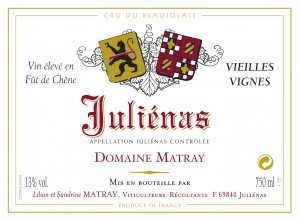
Now their Saint Amour is no slacker and has also gained a lot of press. The 2011 vintage was chosen as one of the season’s best wines by The Independent newspaper. They called it ” As gorgeous as a misty autumn morning….” They don’t make many bottles of this lovely wine. Many of you who bought this asked me if more bottles of this vintage are coming this year. Unfortunately, the answer is no. If you miss out on this, the next vintage (2014) will not be available until 2015!
If you live in Reno, NV, the Vielles Vignes and the Saint Amour are available at :
- Whispering Vine
- West Street Wine Bar.
If you live in California or anywhere else and would like to see any of these wines at your local wine stores, or have any questions about our wines, please contact us directly

